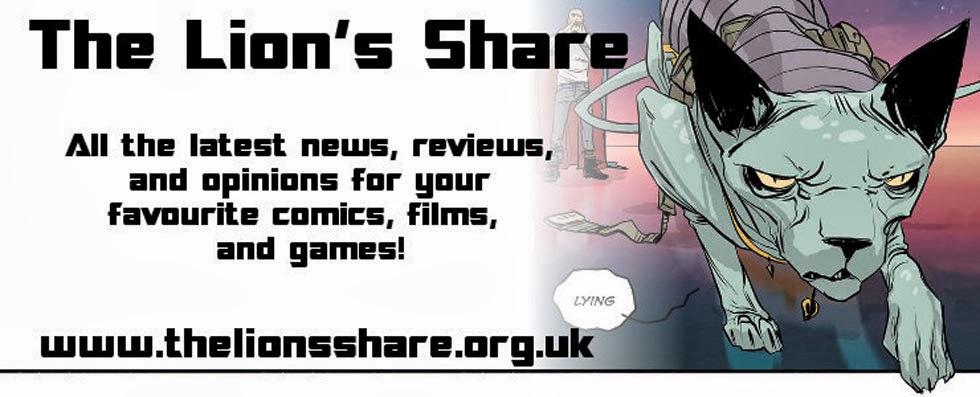Puerto Rico, a board game designed by Andreas Seyfarth, is great for people looking for something that gives more depth than a casual game, but is still easy enough to learn in a single play through. It's a game about economics, strategy, and a little bit of sabotage.
The key to Puerto Rico is resources - corn, indigo, sugar, tobacco, and coffee. To get them, you need two things on your board: the resource tiles and a processing plant for that resource. Plants can be bought with gold, along with many other buildings that will provide extra resources, more gold, and victory points. Once you've managed to collect resources, you can choose to sell them in the market for gold, or send them back to the mother country for victory points.
There are several things that make this simple concept more challenging. You must have colonists employed on (occupying) your resources and your buildings, else they do nothing. The market will only accept one of each type of resource, and does not empty until its four spaces are full. The three ships will only accept one type of resource each, and will not sail and empty its spaces until they are full, also. Finally, the timing of when you get colonists, produce resources, purchase buildings, and ship resources is entirely down to the person playing their turn. In each game round, players select one of seven roles to play, and these roles are what determine when everything takes place. The game ends when any of these occur: a player's board is full, there are no colonists remaining, or there are no victory point chips remaining. Everything the player has is scored into victory points, and the player with the most wins.
This game sounds both simple and complicated. Indeed, the first few rounds of play can feel quite slow and laborious while you try to make sense of what you should do. This isn't helped by the instruction book, which tries to explain everything at once, and makes it hard to play without reading the whole thing in advance. However once the basic ideas are understood, the game goes quickly, and becomes a great deal more fun. The concepts and strategies used to play are also similar to those you will find in more challenging games, such as Agricola, which makes Puerto Rico a great stepping stone toward them.
The best thing about this game is the lack of any one particular winning strategy. There are several ways to win, and sometimes luck plays into it as much as planning. One strategy is to amass the cheaper resources, corn and indigo, in the hopes of overwhelming the ships and preventing others from sending their resources. Another is to produce more expensive resources and sell them for profit, and build as many buildings as you can for extra victory points at the end. You could also focus less on what you produce yourself, and more on choosing roles that prevent others from getting what they need.
The failings in this game seems to be common ones. The original version of the game requires three to five players, meaning those who want to play with only two must purchase a special edition adapted specifically for that purpose. The other problem is a word many board game players will recognise, and some will dread: setup. There are a great deal of small pieces and cards in this game, and organising them for a play session can take awhile and require a great deal of surface space.
Puerto Rico is clearly deserving of the awards it has won since its debut in 2002. It's a classic every board game fan should try. In additional to the physical game, Puerto Rico is now also available for iPad.
For more from guest blogger Rae, please check out her website



No comments:
Post a Comment